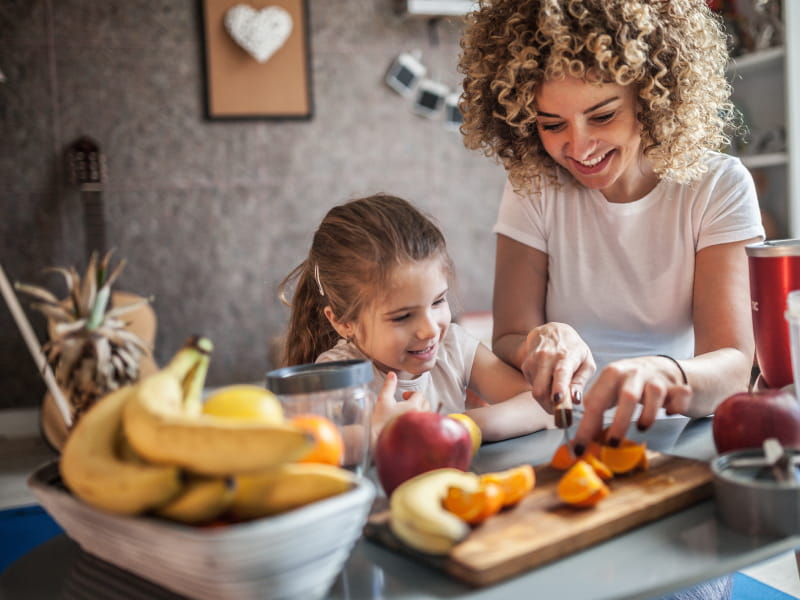If you think before you snack, it’s not so bad
By American Heart Association News

To snack or not to snack? That is not the question, because we're going to snack.
But it doesn't have to mean cookies, chips and cola. As eating habits evolve, snacking can mean anything from a mini-meal to workout fuel to a healthy interlude to tide us over to lunch or dinner.
"Each person has a different eating personality, and there's no right or wrong," said Dr. Anne Thorndike, a general internist and assistant professor of medicine at Harvard Medical School in Boston. "It's just really important to be conscious of what's in your snacks, and not to just eat mindlessly."
It's hard to measure just how much of the American diet consists of snacks. A 2011 U.S. Department of Agriculture report concluded 90% of adults snacked at least once a day – up 30 percentage points in 30 years – and consumed about one-fourth of their total calories between meals.
A 2019 study in the Journal of the Academy of Nutrition and Dietetics indicated nearly one-fourth of working adults ate food at work bought from vending machines and company cafeterias or offered for free by employers or colleagues, adding an average of almost 1,300 calories to their weekly totals.
"The opportunity is certainly there more than it used to be," said Robin Plotkin, a Dallas-based dietitian and nutrition consultant. "Food is available around every corner. What it boils down to is personal responsibility."
Plotkin said many factors have changed the traditional definition of snacking – munching on something between meals or before bedtime. People in a hurry grab something to go, drive-thru windows are everywhere, families may not sit down for traditional meals like they used to, and some people prefer to "graze" during the day rather than load up at a single sitting.
"But from a dietitian's point of view, the advice is the same," she said. "You want to pair a complex carbohydrate with a lean protein and healthy fat. And you want to focus on fiber, because most Americans don't get enough."
Thorndike agreed. "When you do choose to snack, you should reach for foods that are healthy and lower in sugar and salt. Fruits and vegetables, low-fat cheeses or nuts or yogurt are great snacks to tide you over to the next meal."
Reading labels and resisting temptation also are key. Food companies are working to provide healthier snacks, Plotkin said, but consumers need to look beyond terms like "healthy" or "natural" on the label. She cited some nutrition bars, yogurts and smoothies as prime examples.
"You think you're eating something healthy when in reality some of them have more calories and sugar than you'd find in a candy bar."
Another key is to remember many between-meal calories come in liquid form.
"I think a lot of people are getting the messages about the calories in soda and juice drinks," Thorndike said. "But perhaps they don't realize how many calories they're getting in their coffee drinks."
The best solution, both experts agreed, is to bring snacks from home.
"You know what's in it and that it's food you enjoy," Plotkin said. "Maybe people don't consider leftovers for a snack, but that's also a great way to combat food waste."
Thorndike advocates – and practices – a technique she calls "choice architecture."
"Set up your environment so the default is a healthier choice," she said. "If you don't want to eat cookies at home, don't buy them. If you don't want a snack during the day at work, don't walk by the desk that has candy on it or stuff a lot of granola bars in your drawer."
That architecture can be deployed on a broader scale. At Massachusetts General Hospital in Boston, where Thorndike practices, cafeterias place items like fruit and water at eye level, making unhealthier options a little less convenient. "Traffic light labeling" on many foods indicates immediately whether your selection rates red, yellow or green.
For a 2019 study published in JAMA Network Open, Thorndike analyzed two years of sales figures and concluded the tactics encouraged people to make healthier choices.
"There's an emotional reaction to the red label," she said. "It really does make a difference. Because before you reach for that snack, it's really good to stop and think why you're reaching for it."
If you have questions or comments about this story, please email [email protected].





